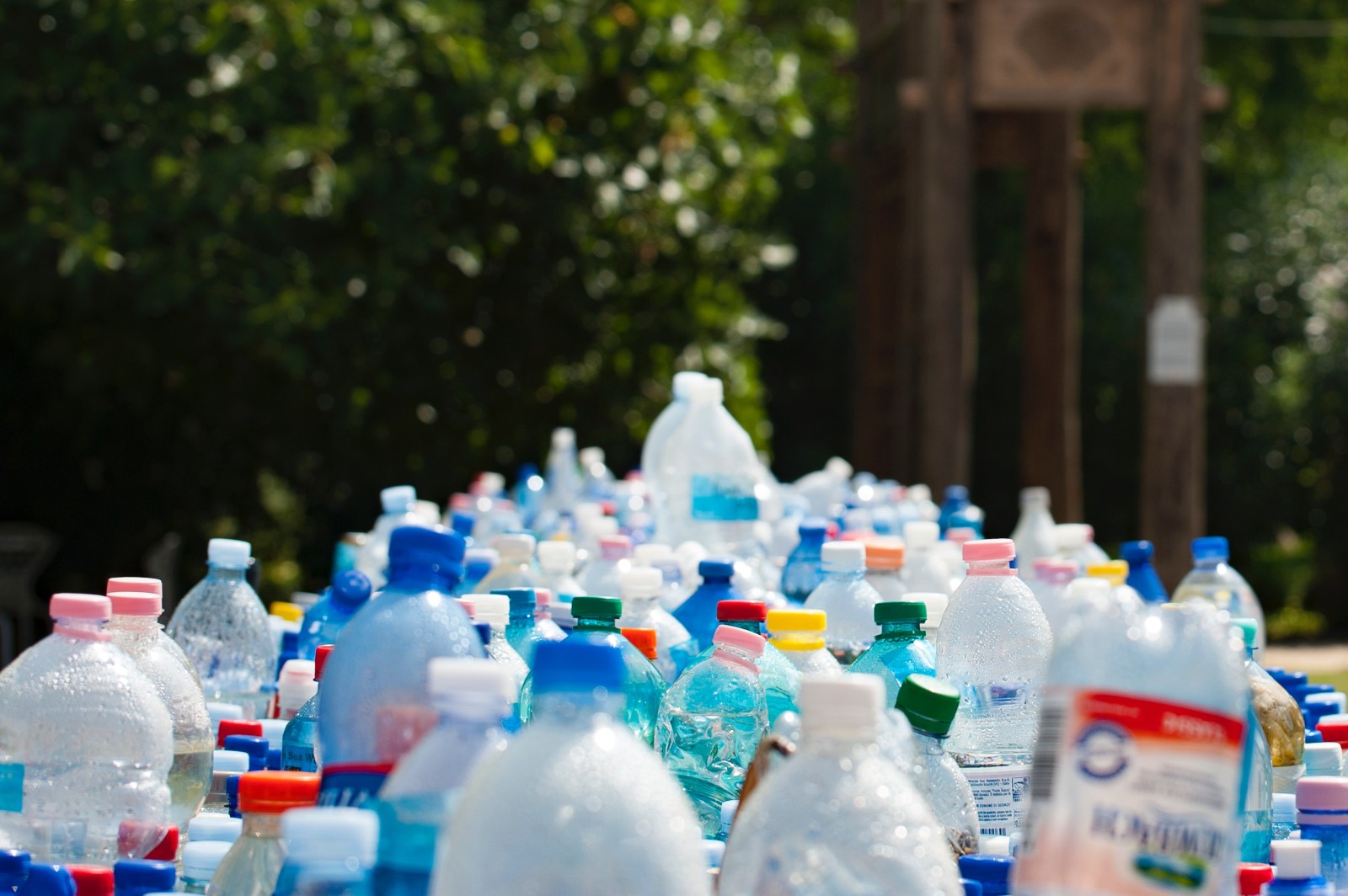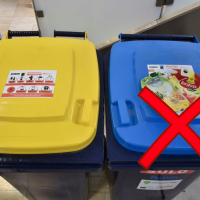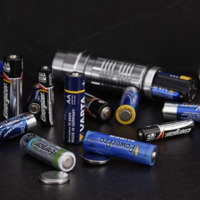New circular economy package takes shape
Ez is érdekelhet

Internal Commission documents seen by EurActiv revealed the bundle of rules and initiatives will include “targeted action” in food, construction, industrial and mining waste, and public procurement. Policymakers believe that the shift to a circular economy, in which as little is wasted as possible, is necessary in a world with finite resources and a booming population.
The paper is not yet finalised, leaves out exact numbers for 2025 and 2030 targets, and is subject to change. It will require approval by the College of Commissioners before it is launched before the end of the year, most likely in December. Landfill targets are mentioned twice in the document but are bracketed, which could signal doubt over their final inclusion in the package. But the document does point to the likely direction of the executive’s thinking on how best to replace the package of waste, incineration, and recycling laws it axed in December last year.
The previous Barroso Commission had proposed its own circular economy package, which was pending when President Jean-Claude Juncker took over almost a year ago. It was controversially axed by First Vice-President Frans Timmermans as part of the executive’s drive for leaner law-making dubbed "better regulation". Timmermans promised the new package would be “more ambitious” and include the “full circle” of the circular economy. This was widely interpreted as a signal that the replacement package would have an increased focus on Eco-design standards for making products easier to recycle. That is borne out by the internal document, which states that the European Commission will adopt an Eco-design plan for 2015-2017.
This will focus on developing product requirements under the Eco-design directive. The current Eco-design directive focuses only on energy efficiency. But in the future, the document states, resource efficiency issues such as reparability, durability, and recyclability will be examined. To incentivise better product design, the Commission plans to alter the amounts of money producers pay towards the end of life treatment of their products. This will be done through Extended Producer Responsibility schemes that mandate producers to pay for the recycling of their products.
Revised legislation on waste
On waste, the draft circular economy package mentions “long-term” recycling targets for paper, glass, plastics, metal and wood packaging, which will reinforce municipal waste targets. A 2025 and 2030 target for recycling wood packaging is mentioned, but without a percentage. Action on landfill is also cited in the draft, but is bracketed. The executive will also examine the role of biomass ― burning wood for energy ― and its compatibility with the EU’s Energy Union strategy and the circular economy. The draft EU laws on waste will clarify the definition of by-products in a bid to encourage their re-use.
Turning to agriculture, the Commission draft says it will launch legislation to revise EU regulations on fertilisers. It will also issue binding rules for minimum requirements for reused water. Waste can be reused in irrigation and groundwater recharge. Finance The action plan sees a major role for research and innovation funding under the EU's Horizon 2020 prgoramme. This is expected to drive the investment in innovation needed to sterr the transition to a new circular economy. There will be a “targeted outreach” to help the financing of circular economy projects under the €315-billion Juncker Investment Plan.
Cohesion Policy funds are also cited as possible sources of finance for green projects, according to the paper. The executive will push to integrate circular economy issues into Green Public Procurement criteria, and reinforce its use in EU funding, the paper says. Stopping short of regulation EU officials have stopped short of issuing draft legislation for plastics, food waste, critical raw materials, construction and demolition, and biomass, according to the action plan. Instead, it will adopt a strategy on plastics, focusing on recyclability, the prevention of marine litter, biodegradability and hazardous substances.
On food waste, the European Commission is proposing a common EU method for measuring discards at different stages of the supply chain. It plans to clarify existing legislation to minimise it, and will look into how to make “best before” labels more widely understood.
The executive plans a report on critical raw materials, which will feed into likely later action. Pre-demolition guidelines to encourage recovery of construction and waste will also be developed by officials. It is possible all of these softer intiatives could be replaced with hard regulation in the future.
The Commission plans to work with the European Environment Agency to monitor the bloc’s progress towards the circular economy, according to the draft document.
Source: http://www.euractiv.com/sections/sustainable-dev/new-circular-economy-package-takes-shape-319006







